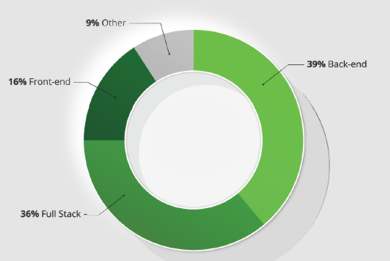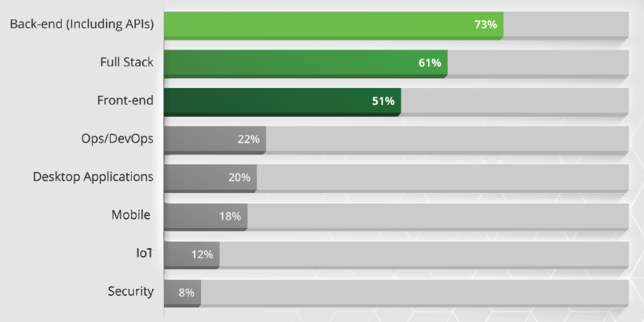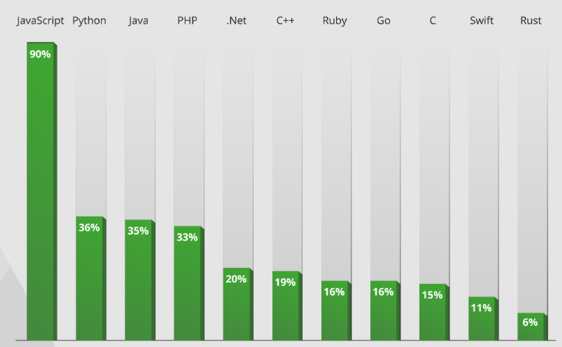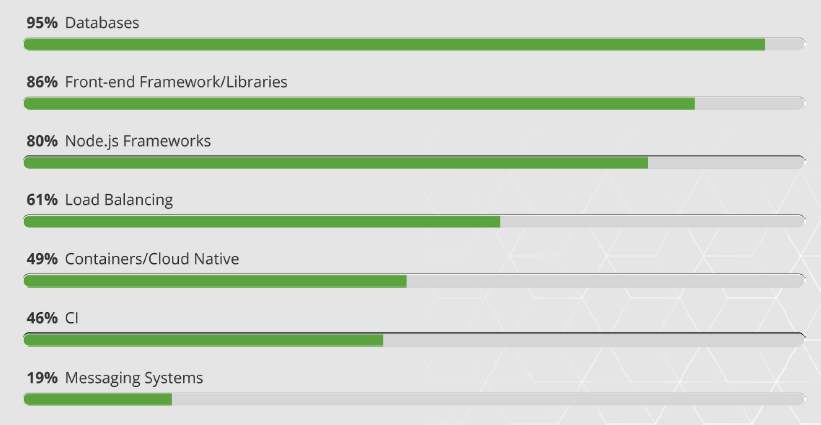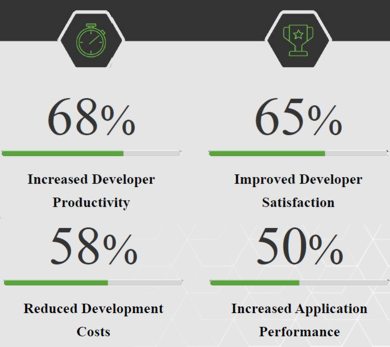| Revealing the Who and Why of Node.js Use |
| Written by Sue Gee | |||
| Thursday, 27 July 2017 | |||
|
Having released the findings of its second annual survey, the Node.js Foundation says that Node.js is emerging as a universal development framework with a broad diversity of applications. We look at who is using Node and for what. The survey was conducted online and was available in English and Mandarin. There were fewer respondents on this occasion - 1405 compared to 1760 for the inaugural 2016 survey and a slightly small proportion were developers, 67% compared to 70%. With regard to demographics, Node.js is used in over 85 countries by speakers of more than 45 languages and that the “typical” Node.js user is college educated in his early 30’s with 6-9 years development experience. Last year IProgrammer noted that while half of developers responding to the survey had 5 or more years general professional development experience, fewer than 20% had more than 3 years experience of Node.js. As you might expect one year on the proportion with more than 3 years of Node.js has risen, to 35%, with an average of 2.3 years experience.
Asked how they learned Node.js the largest proprtion responded Online courses with almost as many saying they had no intstruction. English was overwhelmingly the language used for learning (95%) and a tiny minority had been taught in Mandarin. Almost half learned Node.js in a non-native languages and this proportion rose to over a third for non-US learners.
So what is Node.js used for? The pie chart below is for Primary focus and you might be surprised that Back-End doesn't have a bigger share.
When it comes to Net Focus, Back-end does have a larger share, which seems realistic and among the Other categories the leading one is Op/DevOps.
The inclusion of these "Other" categories also explains why JavaScript doesn't have a 100% showing in languages used in the past twelve months. Given the results of the recent IEEE Spectrum language ranking, finding Python at 36% isn't at all surprising.
As for technologies used with Node.js, as you might expect Database is the most popular. What does come as a surprise is that Front-end Framework/Libraries are so widely used and exceed Node.js Frameworks.
What the Node.js Foundation is obviously happy to report is that the benefits of using Node.js of increased developer productivity, improved developer satisfaction and reduced development costs are recognised by users.
These benefits are also shown to increase over time with those who have used Node.js for more than 2 years experiencing 10% greater satisfaction, and 12% greater reduction in costs.
More InformationRelated ArticlesPython Heads IEEE Spectrum Language Ranking Node.js Gets A Foundation - Is It Rock Solid?
To be informed about new articles on I Programmer, sign up for our weekly newsletter, subscribe to the RSS feed and follow us on Twitter, Facebook or Linkedin.
Comments
or email your comment to: comments@i-programmer.info |
|||
| Last Updated ( Thursday, 27 July 2017 ) |



